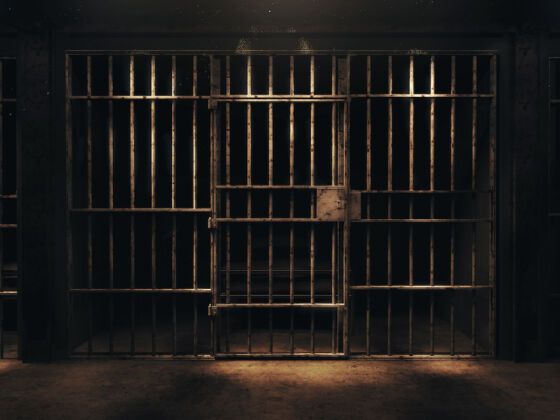Guest Post by Sascha Matuszak
The last time private prisons were in vogue in the US, the Civil War had just ended and the South was amok with wandering, defeated Confederates and wandering, emancipated Blacks.
The nation south of the Mason-Dixon was in shambles and the Union’s strongest presence came in the form of carpetbaggers and President Grant’s drunken incompetence.
